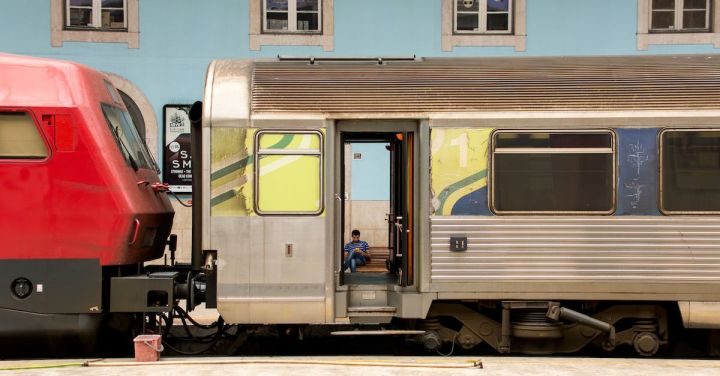The arrival of automation in the railway industry has revolutionized the way trains operate. Gone are the days of manual control and human error. With the advent of automated trains, efficiency and safety have reached new heights.
Automated trains are equipped with advanced technology that allows them to operate without human intervention. These trains are capable of controlling their own speed, stopping at stations, and even opening and closing doors. The reliance on human operators is significantly reduced, resulting in a more streamlined and reliable service.
One of the major benefits of automated trains is their ability to maintain consistent speeds. Unlike human operators, who may inadvertently speed up or slow down, automated trains follow a predetermined schedule with precision. This not only enhances the reliability of the service but also improves the overall punctuality of the railway system.
Furthermore, automated trains are equipped with sophisticated sensors and cameras that constantly monitor the tracks and surroundings. These sensors can detect obstacles, such as fallen objects or trespassers, and take immediate actions to avoid accidents. The quick response time of automated trains significantly reduces the risk of collisions and ensures the safety of passengers and railway staff.
With automation, the railway industry has also witnessed a reduction in operating costs. Automated trains require fewer personnel to operate, as most tasks are now handled by the onboard computer systems. This translates into savings in labor costs and allows railway companies to allocate resources more efficiently.
Moreover, automated trains can optimize energy consumption. The computer systems on board can analyze various factors, such as passenger load and track conditions, to determine the most energy-efficient way to operate the train. This results in reduced energy consumption and a smaller carbon footprint, contributing to a more sustainable and environmentally friendly railway system.
While automation brings numerous benefits, it also poses challenges. One of the main concerns is the potential loss of jobs for train operators. As automated trains become more prevalent, the demand for human operators may decrease. However, it is essential to note that automation also creates new job opportunities in the maintenance and development of the advanced technologies used in automated trains.
Additionally, the implementation of automated trains requires significant investment in infrastructure and technology. Existing railway systems may need to be upgraded or modified to accommodate automation. This can be a time-consuming and costly process, but the long-term benefits far outweigh the initial challenges.
Automation in railways is not just limited to trains. It extends to various other aspects of the railway system, such as signaling and ticketing. With automated signaling systems, train movements can be coordinated more efficiently, reducing delays and optimizing the use of tracks. Automated ticketing systems, on the other hand, simplify the purchasing process for passengers, improving customer experience.
In conclusion, the advent of automated trains has transformed the railway industry. From improved efficiency and reliability to enhanced safety and reduced operating costs, automation has brought about a multitude of benefits. While challenges exist, such as potential job displacement and infrastructure upgrades, the long-term advantages make the investment in automation worth it. As we move towards a more technologically advanced future, automated trains are paving the way for a smarter and more efficient railway system.
